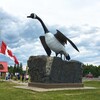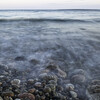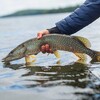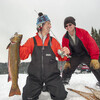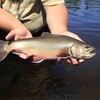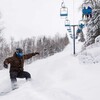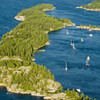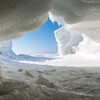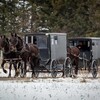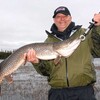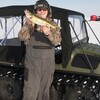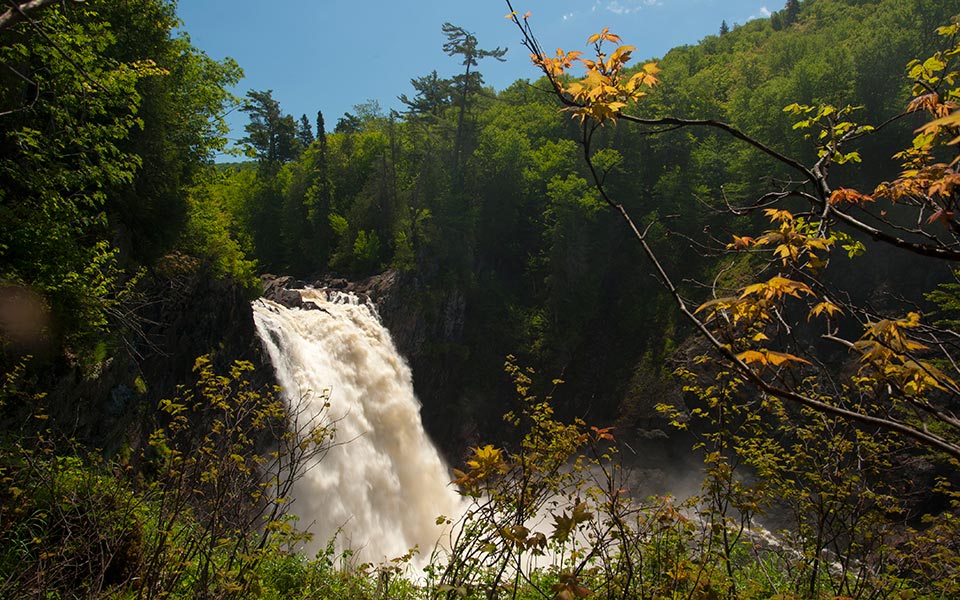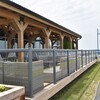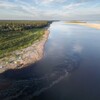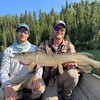
50 Years On: Remembering the Wreck of the Edmund Fitzgerald on Lake Superior

On November 10, 1975, the SS Edmund Fitzgerald fought her final battle against the fury of Lake Superior. The ore carrier—about 729 feet long and one of the largest ever to sail the Great Lakes—was bound for a steel mill near Detroit when a powerful November gale rolled across the lake. With winds over 100 kilometres an hour and waves topping eight metres, the Fitzgerald disappeared from radar just after 7:10 p.m., taking all 29 crewmen with her.
Today, that storm remains one of the most infamous in Great Lakes history—a stark reminder that even the most seasoned mariners can fall to Superior’s power.
Gordon Lightfoot’s Haunting Tribute Lives On: The Song That Immortalized a Great Lakes Tragedy
Only weeks after the tragedy, Canadian singer-songwriter Gordon Lightfoot turned the story into song. “The Wreck of the Edmund Fitzgerald” was released in 1976, rising to #2 on the Billboard charts and #1 in Canada, forever linking music, memory, and the mariners of Lake Superior.
Every November 10, fans and sailors alike still gather in memory of the event captured in those verses—an anthem that begins “The legend lives on from the Chippewa on down…”
The melody has become part of Canada’s collective memory—an elegy that drifts across Superior’s waves each time the Gales of November return.
The legend lives on from the Chippewa on down
of the big lake they called "Gitche Gumee."
The lake, it is said, never gives up her dead
when the skies of November turn gloomy.
With a load of iron ore twenty-six thousand tons more
than the Edmund Fitzgerald weighed empty,
that good ship and true was a bone to be chewed
when the "Gales of November" came early.
The ship was the pride of the American side
coming back from some mill in Wisconsin.
As the big freighters go, it was bigger than most
with a crew and good captain well seasoned,
concluding some terms with a couple of steel firms
when they left fully loaded for Cleveland.
And later that night when the ship's bell rang,
could it be the north wind they'd been feelin'?
Does anyone know where the love of God goes
when the waves turn the minutes to hours?
The searchers all say they'd have made Whitefish Bay;
if they'd put fifteen more miles behind 'er.
They might have split up or they might have capsized
they may have broke deep and took water.
And all that remains is the faces and the names
of the wives and the sons and the daughters..."
To anyone who may remember this wonderful song, written in dedication to the 29 souls that rest forever in the depths of Lake Superior, you only have to hear the first few lines before the haunting melody becomes stuck in your mind and heart. You can read the full lyrics to the song here.
The Gales of November—When Lake Superior Shows Her Power
The gales of November on Lake Superior sank the Edmund Fitzgerald on November 10, 1975. The November Gales are a phenomenon that brings photographers and artists to the shores of this great lake to capture the energy, power and emotion of this great body of water as it surges and fights the coming winter. Today, whether by canvas or by point-and-shoot, acclaimed and novice artists gather to capture the strength of Lake Superior as it cascades and crashes into shorelines that, just a few short months earlier, were filled with sunbathers on those hot, sultry summer days in Algoma. It's a body of water that commands respect and that can turn on you if you fail to show it deference when the calendar rolls to November.
Where the Edmund Fitzgerald Rests Today
What few visitors realize, as they enjoy the beauty and tranquillity of the Big Lake in the summer, is that you can stop along the highway at Pancake Bay Provincial Park and hike the Lookout Trail, where you can view the Pancake Bay area and the direction of where the Edmund Fitzgerald's final resting place is located in Lake Superior.
The ship lies in about 300 feet of water—half its length—almost directly west of Pancake Bay, west of Coppermine Point, on the Canadian side of the border. There are five shipwrecks around Pancake Bay / Coppermine Point, and one of them is called the Batchawana, which sank in 1907. While you enjoy the majesty of mighty Lake Superior, should Gordon Lightfoot's tune enter your mind, close your eyes and remember the November Gales of 1975.
The Edmund Fitzgerald is among the largest and best-known vessels lost on the Great Lakes. She is not alone on the Lake Superior seabed in this area. In the years between 1816, when the Invincible was lost, to the sinking of the Fitzgerald in 1975, the Whitefish Point area has claimed at least 240 ships.
Visit the Edmund Fitzgerald Lookout Trail at Pancake Bay
From the Pancake Bay Lookout Trail, you can see the direction of the Fitzgerald’s final resting place. This 14-kilometre trail winds through maple and birch forests before opening onto two panoramic platforms overlooking Lake Superior’s blue expanse—the so-called Graveyard of the Great Lakes.
Trailhead: Across from Pancake Bay Provincial Park Campground (Hwy 17, 75 km north of Sault Ste. Marie)
- Hike the entire trail or 14 km (5 to 7 hours return), or do the 7 km return (2 to 3 hours) to the Lookout
- Be sure to wear sturdy shoes or hiking boots, and pack food, water and a camera! The views, especially in autumn, are spectacular.
The Legend Lives On: Remembering 50 Years of the Edmund Fitzgerald
Half a century later, the story of the Edmund Fitzgerald remains deeply woven into the identity of the Great Lakes. Each November, ceremonies and exhibits at the Great Lakes Shipwreck Museum in Whitefish Point and maritime centres across Ontario honour the crew and the enduring mystery of the wreck, with a bell tolling 29 times for the lost crew.
For travellers to Algoma Country, the Fitzgerald’s legacy is felt in the wind off Superior, in Lightfoot’s melody on the radio, and in the quiet at Pancake Bay when the sun sets over the lake. The legend does indeed live on—from the Chippewa on down to all who stand and listen to the Gales of November.
Resources
Recommended Articles
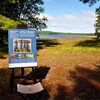
The Group of Seven in Algoma

9 Facts to Know about the Agawa Canyon Tour Train
